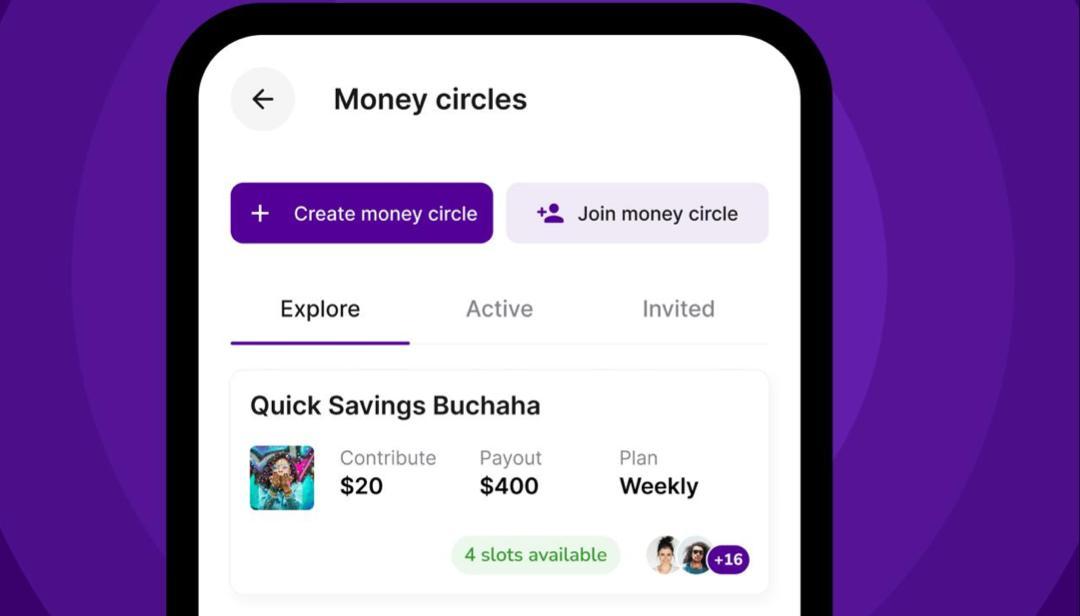How to Start an Emergency Fund and Why It's Important
8 mins read
Published on Sep 5, 2024

Introduction
Has it ever crossed your mind that, one day, you could have an emergency that would make you spend a ton of money? You've probably thought about it. What probable solution did you come up with? A loan? Taking an advance on your paycheck? Or... an emergency fund?
In recent research, it was found that nearly 40% of Americans would struggle to cover a $400 emergency expense. Would you consider yourself a part of this statistic? Don’t worry anymore and let’s get you started on making an emergency fund, which is an important step towards financial security.
What is an Emergency Fund?
An emergency fund is a kind of savings account set up solely to help in case of any financially associated emergencies or other unexpected expenses. An emergency fund is unlike most regular types of savings, which are mostly used to fund different planned-for types of expenditures like vacations and other specific goals. This is cash that's set aside for those completely unplanned expenses that you can't even predict or plan for.
An emergency fund is a sum that will allow you to face sudden expenses without running into debt. It ensures that you have the means to address emergencies without putting your long-term financial plans on hold or in danger.
Why You Need an Emergency Fund
An emergency fund is a safety net designed to protect against unexpected financial setbacks like sudden medical bills, car breakdowns, or job losses. Having an emergency fund in place, given how volatile life is, makes all the difference between bouncing back quickly from a monetary setback and being dragged deeper into financial problems.
1. Protection from Unexpected Expenses: Life is full of uncertainties. For instance, a sudden medical emergency can cost several thousand dollars. Your emergency fund is there, so you can deal with such expenditures without much difficulty.
2. Reduces Financial Stress: Knowing there is a backup reduces any anxiety you have related to your finances. You'd always have it in the back of your mind that you could get out of any financial stress if you had an emergency fund.
3. Ends Piling of Debt: If you don't have any emergency funds, then you most probably will have no choice but to use your credit cards or take out a loan to meet unexpected expenses. This might turn out to be very high-interest debt and may put you in financial duress. An emergency fund helps you steer clear of this kind of situation.
4. Provides Financial Stability and Flexibility: With an emergency fund, you will not be derailed should minor financial hitches come your way. It all but guarantees financial stability in your life and will let you make decisions not because of immediate financial pressures but based on long-term goals.
How to set up an emergency fund
In six simple steps, you can get started too.
1. Set a Goal: Determine how much you should have in your emergency fund. Most finance experts say you should save about three to six months of living expenses. Of course, the amount will be based on your situation and risk tolerance. To save time and effort, it'll help if you first calculate your monthly expenses and use them as a benchmark.
2. Budgeting: Incorporate this savings goal into your budget. For example, you could earmark $X from your income each month and put that in your emergency fund. You could cut back on wasteful expenses or take on extra income. The idea is to get to your goal as soon as you can.
3. Open a Separate Savings Account: Put your emergency fund money in an especially accessible savings account. Look for accounts that pay the highest interest rate with the least amount of fees taken out. That way, you won't be tempted to use the money for non-essential items.
4. Automate Your Savings: Set up an automatic transfer from your checking account into your emergency fund to ensure that you save regularly.
5. Start Small and Build Gradually: If you find it tough to save three to six months' worth, then start with something small. First, try saving $200 to $500; then, afterwards, gradually keep on increasing the amount. Most importantly, just start and be very consistent with it.
6. Review and Revise: Now and then, assess the sufficiency of your emergency fund and readjust your target amount as needed. Major life events, such as a new job, a move, or a new addition to the family, can change the amount of money you need so let your emergency fund increase with the tide of your life.
Some Common Myths About Emergency Funds
Here, we debunk the most common myths about emergency funds.
1. "I'm covered with insurance; I don't need an emergency fund": Having insurance is very important, but your insurance won't be available in all situations, unlike your emergency funds. Especially when the expense isn't covered by any insurance policies.
2. "I'll start saving later when I have more money": The only problem with waiting to start saving is that the savings might never happen, leaving you missing all opportunities. Starting small and increasing your funds in bits is much better than this kind of waiting.
3. "Emergency funds are only for big-ticket items": While emergency funds should be accessible for big-ticket items, that does not prevent them from being used for smaller, unexpected expenses. A fund for minor emergencies keeps you from using credit or dipping into long-term savings.
How to Keep Your Emergency Fund from Diminishing
No one can avoid spending money. However, you’ll want to keep your emergency funds at a reliable level. Here are some good practices to help attain that goal.
1. Define an emergency: What are those cases for which you should be allowed to withdraw from the fund? It could be a medical emergency, vehicle problems, or home repairs.
2. Avoid Constant Withdrawals: If you're only withdrawing from your fund when necessary due to real emergencies, chances are the money will be there when you need it. You have to learn how to distinguish needs from wants so that you don't end up using your funds for non-emergency uses.
3. Replace After Use: In case you have to use your emergency fund, then replacing it as soon as possible should be of utmost priority to you. It makes you ready for any further emergencies that may arrive.
Conclusion
Setting up an emergency fund is one of the major steps you should take if you aim for financial stability. You can budget and save continuously toward creating a safety fund with a clear objective. It's going to help you sail through those unexpected turns in life, so remember that it's not about how much you start with but about building and keeping the momentum of it. Get started today and be on the journey to make your financial health as optimal as possible.
Last updated: Mar 4, 2025
Share this with your friends and family
Join the money party
Level up your financial game with our exclusive blog updates, delivered straight to your inbox
Other articles you might enjoy
Join the #1 banking app for the Commonwealth
Get started on Plently
Rosemary D.
Phia Consultants
It's like having the best financial partner in my pocket!

Jonathan G.
Open Space Inc
Plently has truly transformed my financial life.

Emily H.
Student
With their user-friendly interface and innovative tools, managing my money has become a breeze.

Margaret D.
Small Business Owner
I finally feel in control of my finances, thanks to Plently!

Alexander P.
Small Business Owner
After Plently, I can't imagine going back to traditional banking!

Oliver A.
Student
Being a part of a Money Circle has been a game-changer for me. It's not just about financial contributions; it's a supportive community working together towards shared goals



Loading comments...